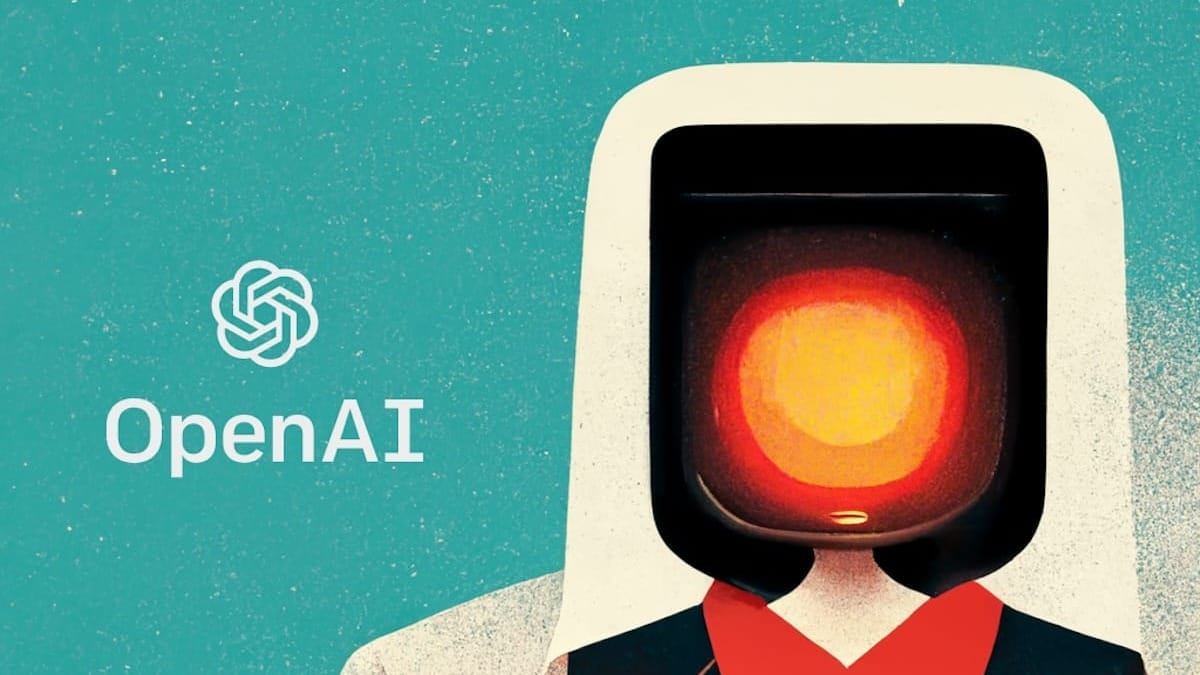ChatGPT Could Double Our Productivity — At Least

ChatGPT is a variant of the GPT (Generative Pretrained Transformer) language model that has been fine-tuned for chatbot-like tasks. It is trained to generate human-like text that is appropriate for a conversation.
OpenAI launched ChatGPT in November 2022, and just 5 days since launch has reached 1M users. It’s 15x faster than Instagram!
So how does it work? To use ChatGPT effectively, you will need to provide it with a prompt that specifies the context and topic of the conversation. The prompt should contain enough information to allow ChatGPT to generate coherent and relevant responses. You can then ask it questions or make statements, and it will generate responses based on the information provided in the prompt and the input it receives. You can get topic-agnostic answers in seconds, from drafted legal documents to tips on what to visit in Paris.
The innovation of ChatGPT is to provide fast, personalized answers to well-known problems and topics - it could save hours of time for many of use if mastered correctly. Of course, not all answers are correct but reasonable many of them are.
Here are a few tips for using ChatGPT effectively:
- Start with a clear and concise prompt that establishes the context and topic of the conversation. This will help ChatGPT generate responses that are relevant to the conversation.
- Be specific and concise when asking questions or making statements. The more information you provide, the more context ChatGPT has to work with and the more accurate its responses will be.
- Use appropriate language and tone for the conversation. ChatGPT is trained to generate human-like text, so it will respond in a way that is appropriate for the conversation.
- Be patient and allow ChatGPT time to generate a response. Generating human-like text can be a time-consuming process, especially for longer and more complex inputs.
- If you are not satisfied with the response generated by ChatGPT, you can try providing additional context or rephrasing your input. This can help ChatGPT generate a more accurate response.
Use cases of ChatGPT
Here are a few examples of good prompts for ChatGPT:
1. "Let's have a conversation about the benefits of exercising regularly. What are some of the benefits of regular exercise?"
2. "I'm interested in learning more about the history of the Roman Empire. Can you provide a brief overview of the Roman Empire's rise and fall?"
3. "I'm thinking of starting a vegetable garden but I'm not sure where to begin. Can you give me some tips on how to start a vegetable garden?"
4."I'm planning a trip to Paris and I'm looking for recommendations on things to do and see. Can you suggest some must-see attractions in Paris?"
5. "I'm thinking about switching to a plant-based diet but I'm not sure where to start. Can you provide some tips on transitioning to a plant-based diet?"
Those are great answers!
In general, it's a good idea to start with a clear and concise prompt that establishes the context and topic of the conversation. This will help CHATGPT generate responses that are relevant and on-topic.
Future of ChatGPT
Here are a few potential scenarios for the evolution of ChatGPT:
- Improved performance: Language models could be trained on larger and more diverse datasets, leading to improved accuracy and more human-like text generation. For example, ChatGPT could be trained on a dataset of conversations from multiple languages, allowing it to handle a wider range of accents and dialects.
- Increased versatility: Language models could be developed that are able to perform a wider range of tasks, such as translation, summarization, and question answering. For example, ChatGPT could be trained to understand and answer complex questions about a specific topic, such as biology or history.
- Integration with other technologies: ChatGPT could be integrated with voice recognition technology, allowing users to interact with it using natural speech. It could also be integrated with computer vision technology, allowing it to understand and respond to visual inputs, such as images and videos.
- Increased adoption: As language models become more widely available and easier to use, they could be adopted by various organizations and individuals for various purposes. For example, ChatGPT could be used to build chatbots for customer service or to generate content for social media or websites.
Overall, the evolution of ChatGPT and other language models is likely to lead to more advanced and versatile language-based technologies that can be used in a wide range of applications.
It’s said that ChatGPT is GPT-3.5, and it is already clear that OpenAI is soon to announce the GPT-4 model. So the future AI applications have never been more exciting!
Note: most of the text was generated by ChatGPT!
